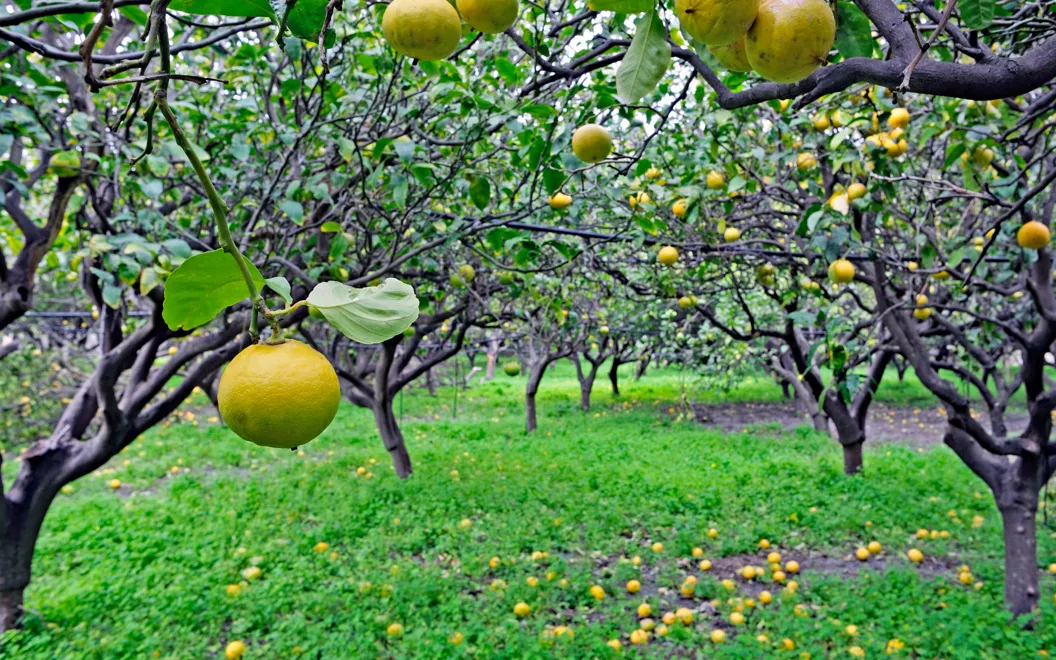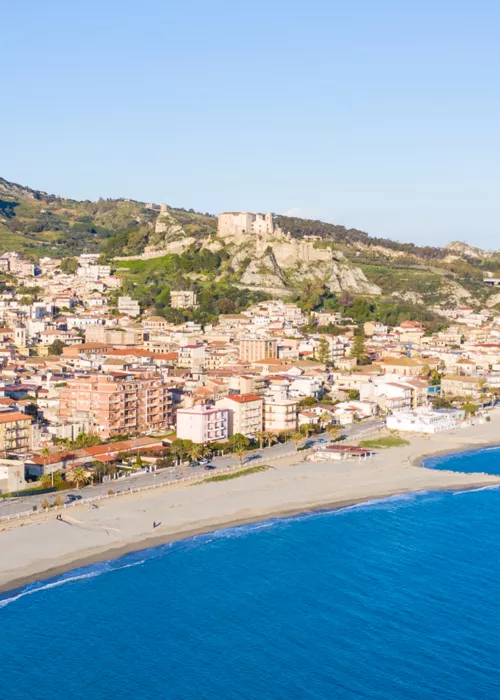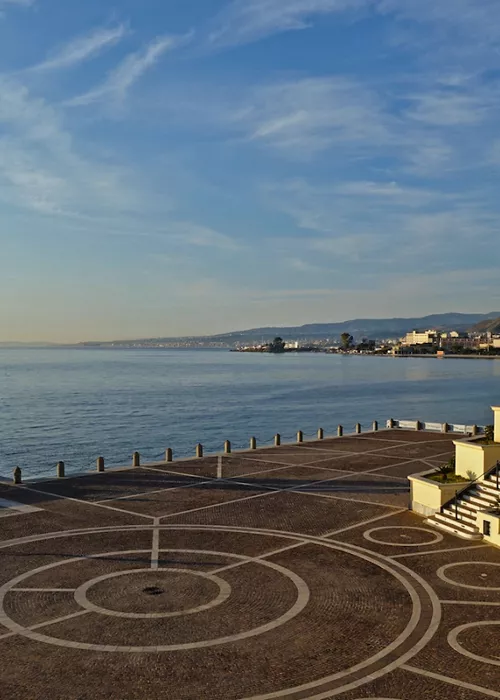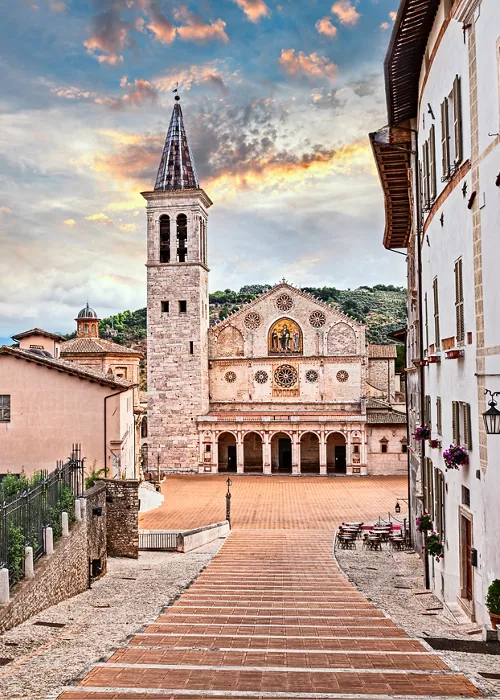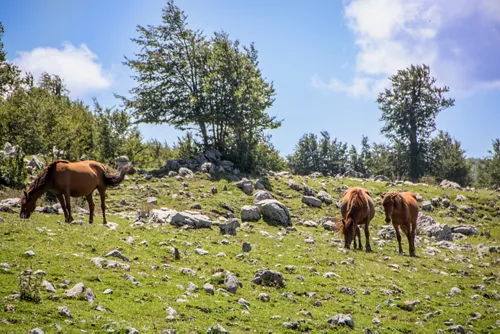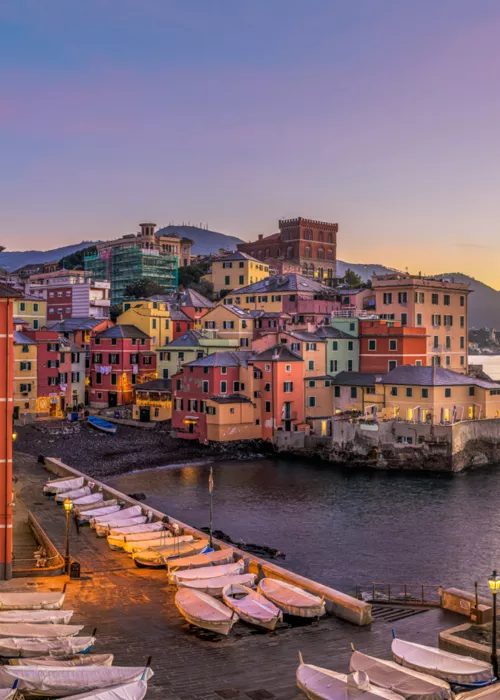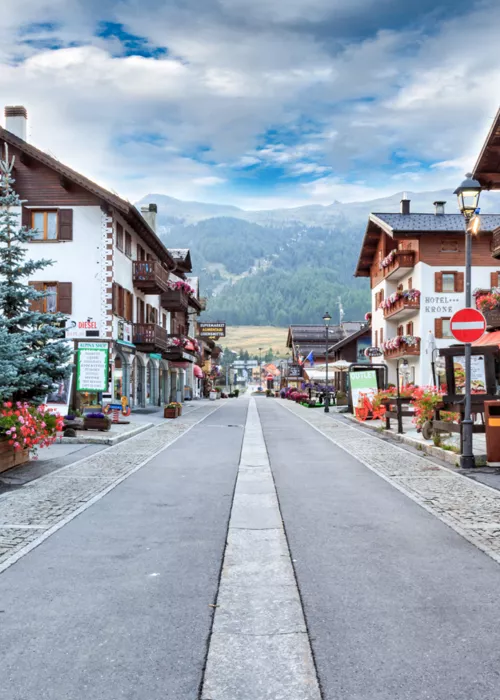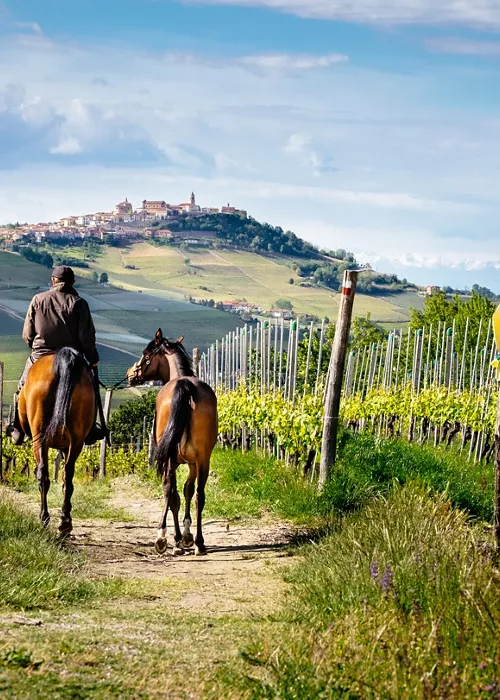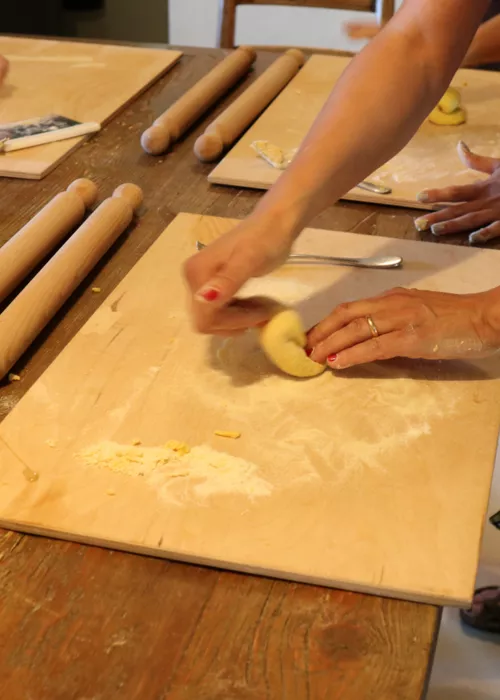Bitter orange and bergamot define Mediterranean winter perfumes
4 minutes
The intense and evocative winter scents suggest those fruits that play a fundamental role in the Mediterranean diet and in the Italian olfactory tradition.
In fact, these scents are also present in the most summery fragrances: they are universal notes, able to adapt to different bases, both intense and reflective, and sparkling and extroverted. For the winter, they blend with woods, ambers, pepper and patchouli giving them freshness in perfect harmony. Citrus scents are highly appreciated because they evoke happy memories, are relaxing and give well-being. Superb gift of nature, orange blossom and bergamot are a true excellence of Made in Italy.
The bitter orange tree is precious because everything is perfumed
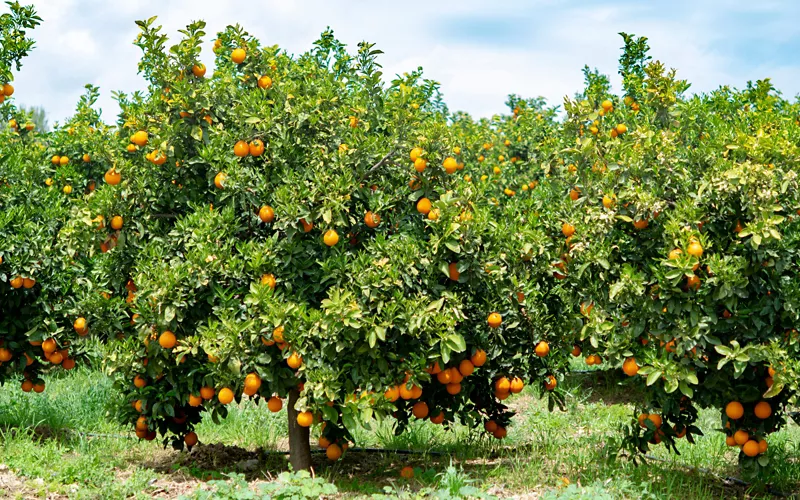
Petitgrain, neroli, bitter orange essence and orange blossom absolute: we owe all these olfactory marvels to the bitter orange tree, which produces small fruits and very fragrant white flowers. The latter also have an important symbolic meaning because they are traditionally associated with marriage and the purity of the bride. Orange blossoms – called zagare, from the Arabic terms zahr, flower, and zahara, to shine white – are linked to a legend. A Spanish king, receiving an orange tree as a gift from a young woman, arranged it in his garden to enjoy its beauty and perfume. The tree was so beautiful that everyone asked him for a twig. Fed up with having to listen to yet another request, he denied the gift to a foreign ambassador. He was so determined however, that he bribed the gardener with 50 gold coins who willingly accepted to create the dowry for his daughter. She was finally able to get married, and decorated her head with orange blossoms.
Bitter orange is grown throughout the Mediterranean basin, but with particular abundance in Sicily, the land of citrus fruits. It was introduced by the Arabs, but its origin is even further away: like many fruits of the same family, it comes from India and China. It was first imported to Spain in the ninth century, with such success that it was called the Seville orange, and about two hundred years later arrived in Sicily.
Every part of the tree is processed: branches and leaves are steam distilled to obtain petitgrain, which has both woody and sparkling notes. From this distillation you get a water with a floral scent called eau de brout, which is much less known.
Bitter orange, on the other hand, tastes too strong to be eaten directly. As a result, it is used for jams and candied fruit, and to flavour desserts and liqueurs. Its extract and essential oil have phytotherapeutic uses. The essence of bitter orange is obtained from its cold-pressed peel, making fragrances unmistakably luminous.
The heart of the perfume is in the orange blossoms
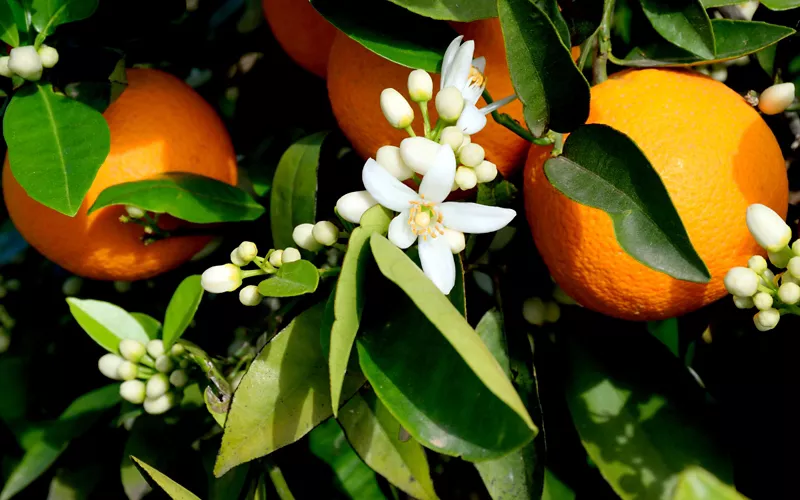
Orange blossom absolute is very rich and intense: if citrus fruits are used for the top notes, this one composes the heart. It is extracted from orange blossoms via solvent extraction, which yields a wax that creates the most authentic fragrance of the plant.
The flowers also give a widely known ingredient, neroli, the result of distillation with water vapor. It is widely used in perfumery to give a citrus aroma with a sweet and fresh spirit. The origin of the name is curious. It is a tribute to the city of Nerola, in the province of Rome, where the French noblewoman Marie Anne de La Trémoille lived. Her life was full of intrigue, with diplomatic connections between Italy, France and Spain. In the eternal city, she married the prince of Nerola, Flavio Orsini duke of Bracciano. She then proclaimed herself Princesse des Ursins, and continued her life among the European courts, in which she spread the scent of orange blossom water. King Louis XIV fell in love with the scent making it popular in France.
The Calabrian bergamot unique in the world
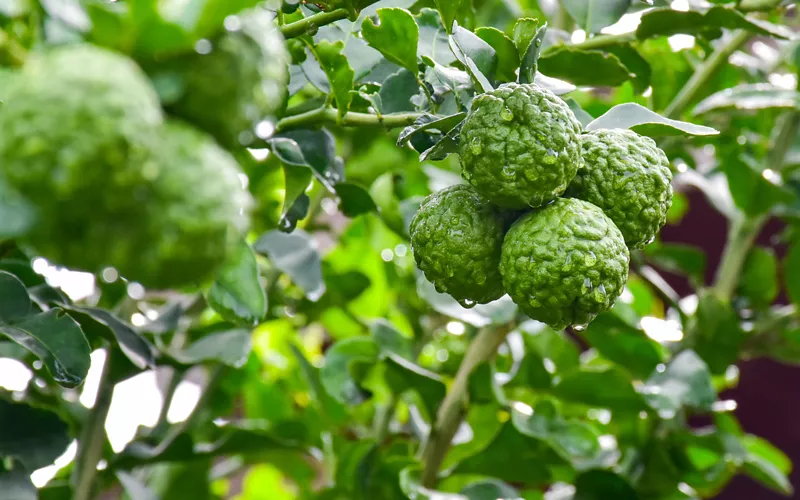
Among the Mediterranean perfumes par excellence there is bergamot, with its unmistakable, fresh and refined aroma. It is a unique citrus fruit, which is why it is also known as green gold of Calabria: it is grown exclusively along the Ionian coast of Reggio Calabria, the costa jonica reggina, also called the Jasmine Coast, including in the province and in the heart of the city of Reggio Calabria. Its special semblance is also due to its mysterious history.
It is a cross between lemon, bitter orange and lime, but it is not known whose work it is. The original citrus fruits are mandarin, pomelo and citron. The different versions of grafting and crossbreeding have led to the many fruits we know today and the various hybrids. In this continuous experimentation thanks to the travels between East and West, the bergamot comes to light: the most likely reality is that it was created between 1500 and 1700. Around the middle of the 18th century, cultivation began in Calabria by a Nicola Parisi. It involved grafting shoots onto bitter orange trunks: techniques and secrets have been handed down over the centuries. Today it is also grown in other parts of the world, such as in Brazil and in some African countries, but the Calabrian one remains the most valued of all.
The essential oil is obtained from the peel of the fruit, preferably still unripe to obtain the unmistakable citrus scent. It defines the aroma of the Mediterranean scrub of vegetation, wind and sea. According to the Academy of Perfume, it makes up 86% of the top notes of perfumes around the world. Like bitter orange, also in this case the fruit has a too strong flavor to be eaten, therefore, in addition to perfumes, it is used to flavor candies, tea, sweets, drinks and liqueurs.

